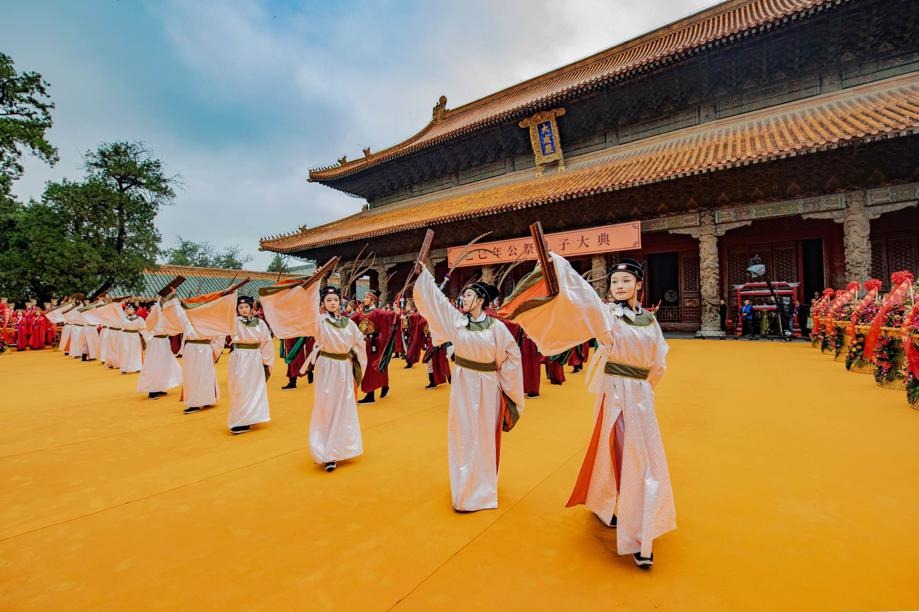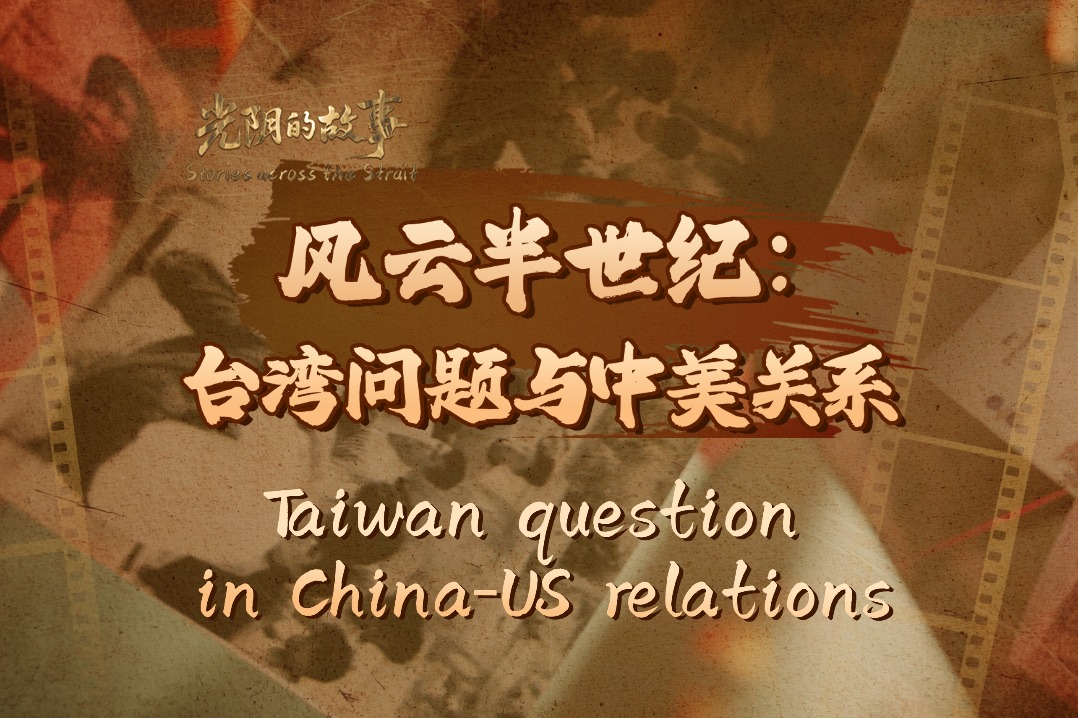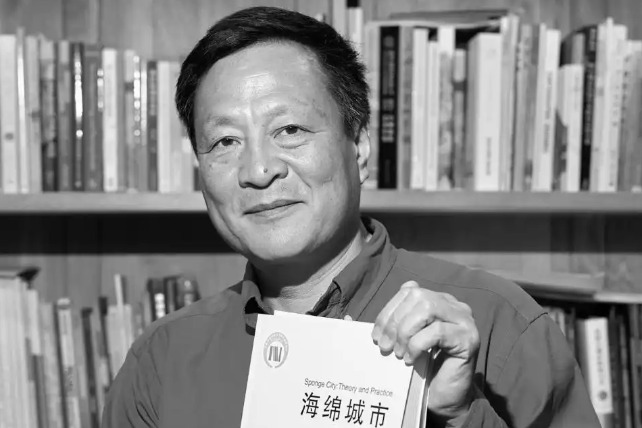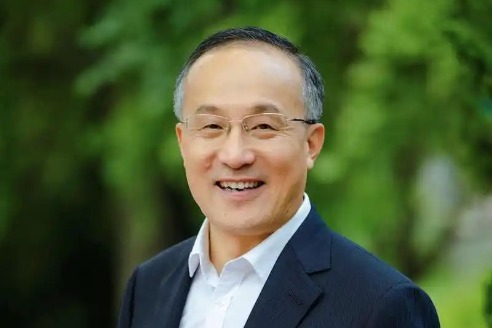'Japan's Jianzhen' works to popularize Sinology


A Japanese Sinologist is doing his best to spread the rich tapestry of Chinese literature in his home country, but young Japanese are still reluctant to take the plunge.
Toshiyuki Satou, 61, vice-president of Hiroshima University, focuses on the poetry and prose from the Six Dynasties, the period starting with the Three Kingdoms (220-280) and ending with the Chen Dynasty (557-589).
With over 200 visits to China and counting, Satou has been nicknamed "Japan's Jianzhen" - referring to the Chinese monk who helped propagate Buddhism in Japan in the eighth century.
Satou has long been engaged in the study of Chinese culture and the literary works of the Six Dynasties. He has been appointed as a visiting professor at 14 universities in China, including Capital Normal University, Foreign Affairs College and Tsinghua University.
The professor of literature teaches that the Chinese written language is a crucial cultural foundation linking several countries and regions that have based their own languages on Chinese characters across the millennia, including Japan, the Democratic People's Republic of Korea and the Republic of Korea.
"The popularization of Chinese characters will undoubtedly help Chinese culture go global. Chinese culture used to have a tremendous impact on the world, and I believe its influence will continue to soar," he said.
However, his decision to dedicate his academic life to spreading Chinese culture was not his first choice. Back in high school, Satou intended to study science in college, but was later found to be colorblind and opted instead to study literature.
"I was accepted at Hiroshima University in 1976 as a Chinese literature major. At that time, I barely knew anything about China, let alone how to speak Mandarin," he said.
"I often asked myself if Chinese literature was the right choice for me. But the unique and profound nature of Chinese culture intrigued me. I felt like the more I learned, the less I knew. So after four years of study, I decided to pursue a PhD for another five years."
His first teaching job was at Yasuda Women's University in 1985.
Satou's initial visit to China was in 1977 during his sophomore year - a time when China had not yet fully opened up to the outside world.
His second visit was not until nearly a quarter century later - in 2001 - and he found the country almost unrecognizable. Since then, he has been a regular traveler to China.
"Quite a few visits over the years allowed me to witness the rapid changes taking place, not only in metropolises like Beijing and Shanghai, but also in some less-developed inland areas such as Guizhou province," he said.
Although Japanese are showing interest in learning more about their giant neighbor to the west, Satou said the younger generation does not have a positive attitude toward China thanks to negative local media coverage, which often focuses on the bad behavior of Chinese tourists overseas, air pollution issues and other attention-grabbing stories - all of which are outdated information.
"When I studied Chinese literature 40 years ago, there were 10 students in my department. Now the number has dropped to two, so I'm worried maybe in five years no students will sign up," he said.
"With China playing an increasingly important role in the world, I hope my efforts can encourage more young Japanese to join my team to study Chinese culture."
- BRI annual Chinese character unveiled in SW China's Chongqing
- Hunan's Huaihua promotes its cultural cuisine
- Confucius' hometown celebrates the philosopher's birth anniversary
- China approves first Chikungunya virus detection kit
- Fujian Coast Guard organizes fleets to strengthen law enforcement patrols
- China re-elected as Category One member by global civil aviation body






































